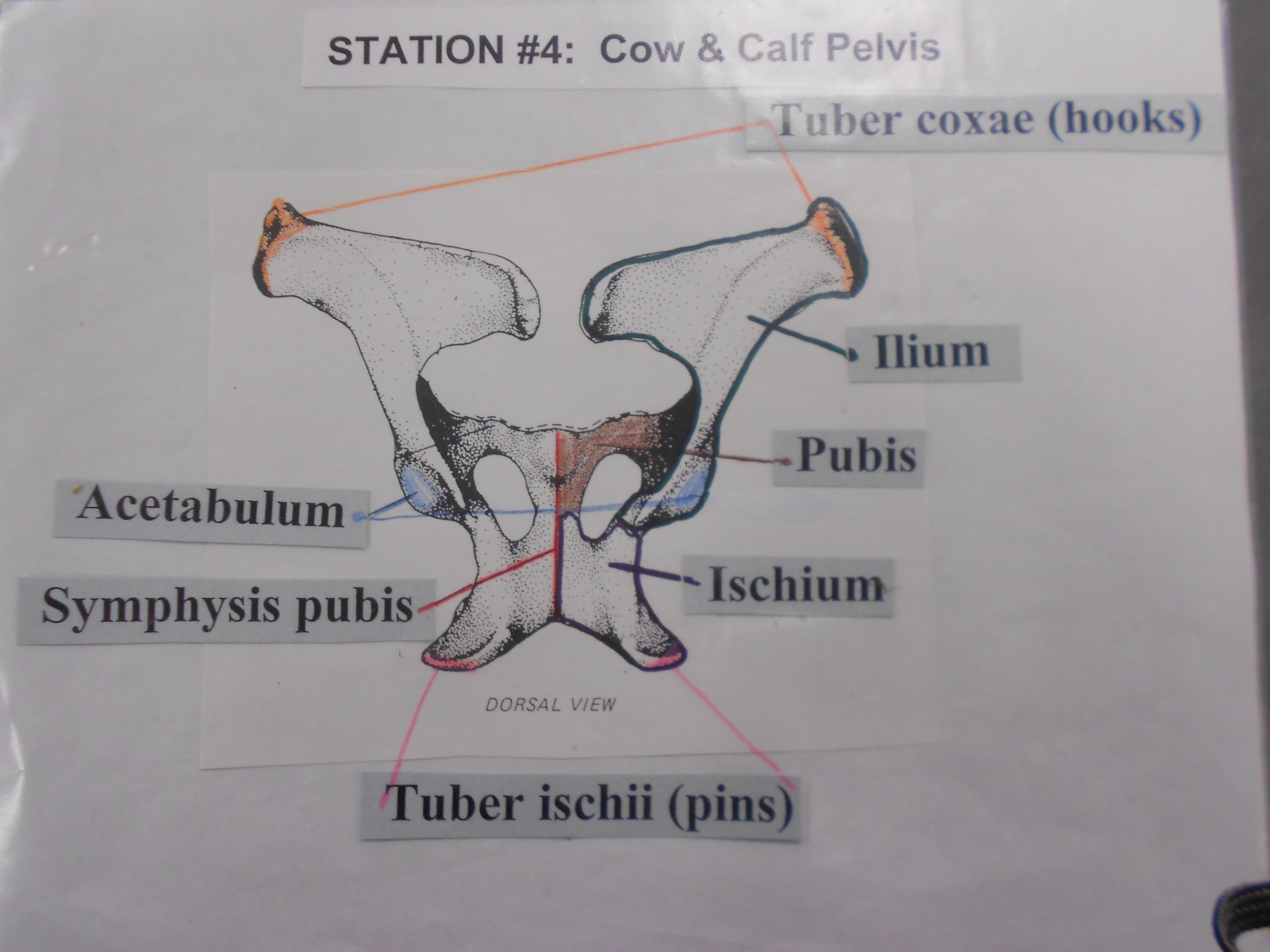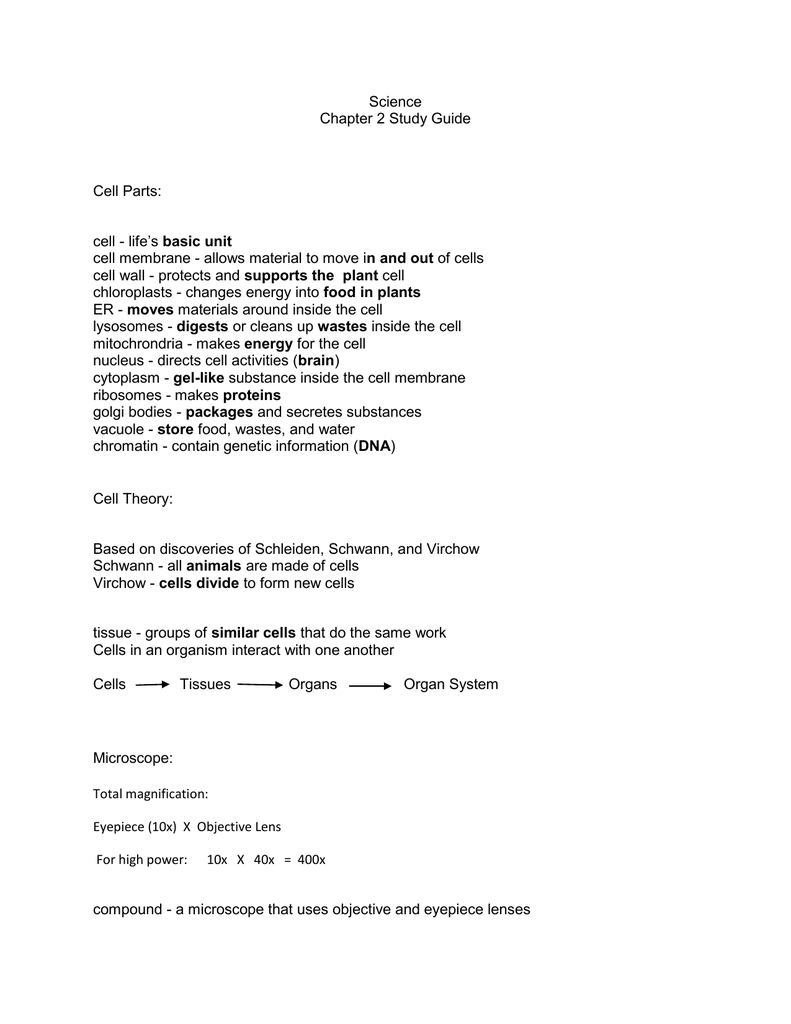Cell Membrane Function In Plant Cell Quizlet

It also provides a fixed environment inside the cell and that membrane has several different functions.
Cell membrane function in plant cell quizlet. The cell membrane therefore has two functions. The function of a cell membrane also referred to as the plasma membrane is to protect the structures within the cell give shape to the cell and support its structure. It also protects the cell from external damage and provides support and stability to the cell.
The vital function of central vacuole apart from storage is to sustain turgid pressure against the cell wall. Thus membranes exhibit dynamisity in its structure and function. First to be a barrier keeping the constituents of the cell in and unwanted substances out and second to be a gate allowing transport into the cell of essential nutrients and movement from the cell of waste products.
The membrane is a thin and fragile structure usually between 5 to 10 nm nanometer wide that separate cells. The cell membrane is also known as the plasma membrane. When full of water the vacuole presses the other cell contents against the boundary of the cell.
The main functions of the cell membrane include. The central vacuole takes up most of the space within a plant cell. It is a thin flexible coating.
Tonoplast is a membrane that surrounds central vacuole. It exhibits a characteristic structure and functions. The lipid bilayer that forms the outer boundary of the cell.
Protecting the integrity of the interior cell. Defined by a membrane called the tonoplast the central vacuole functions as a holding tank for water and other molecules used by the cell. Plasma membrane can be considered as an organ by itself.



















